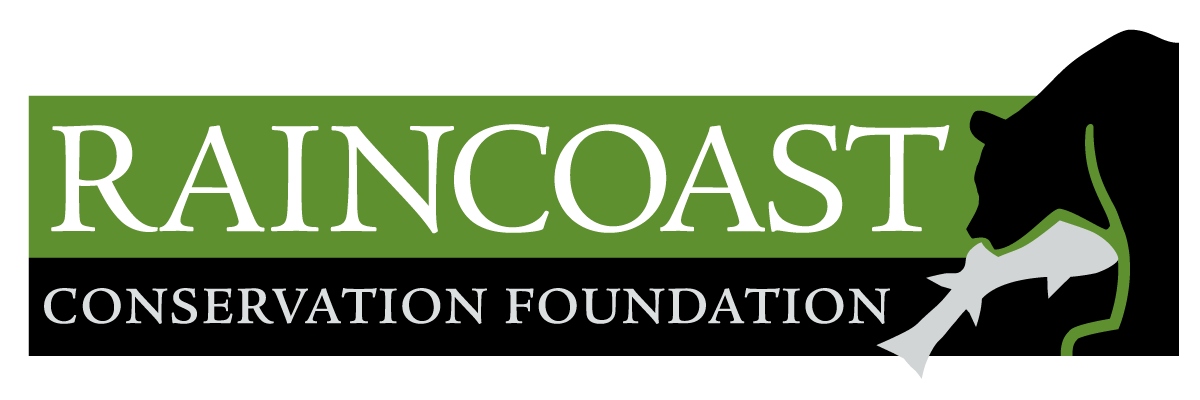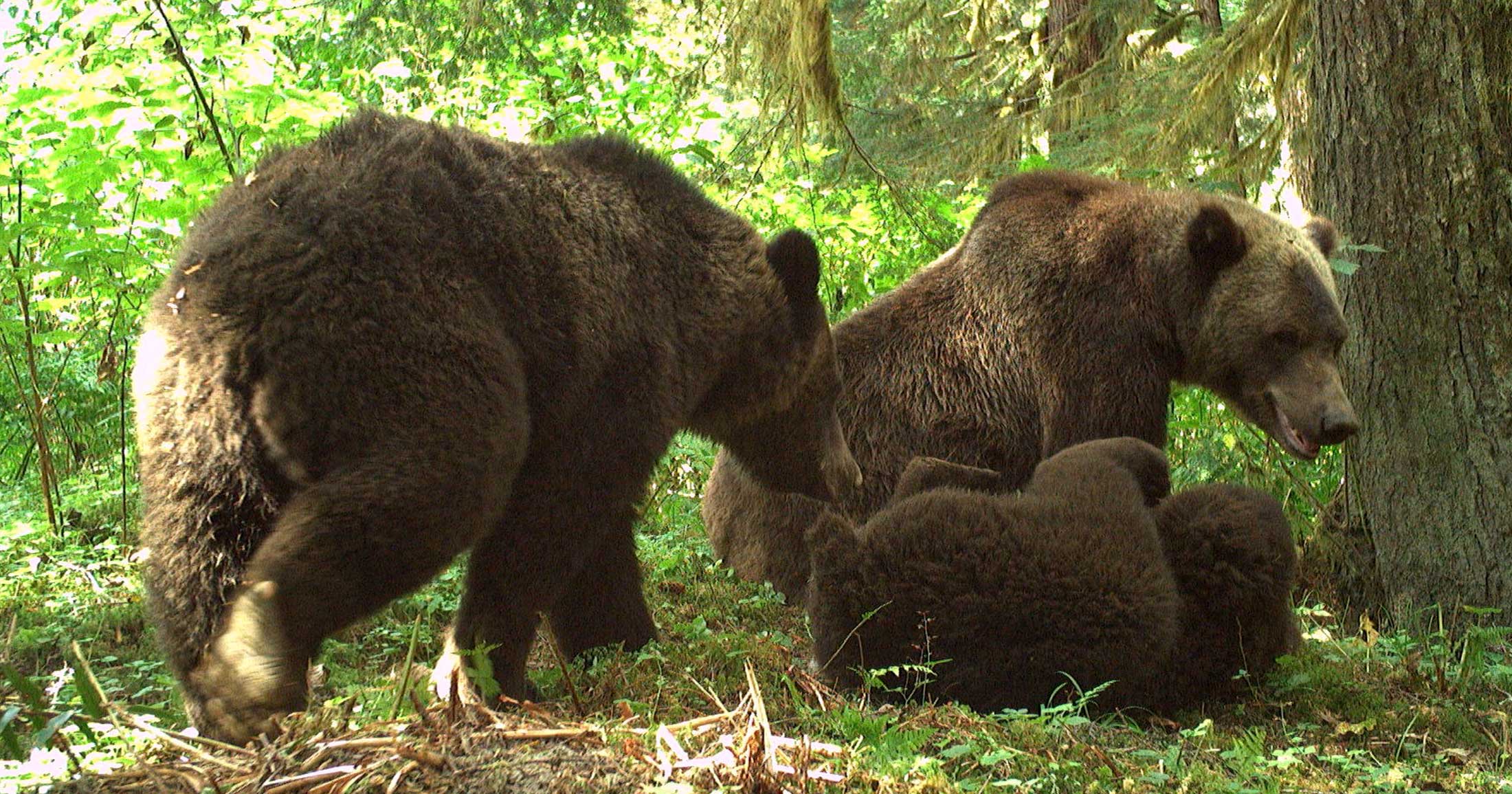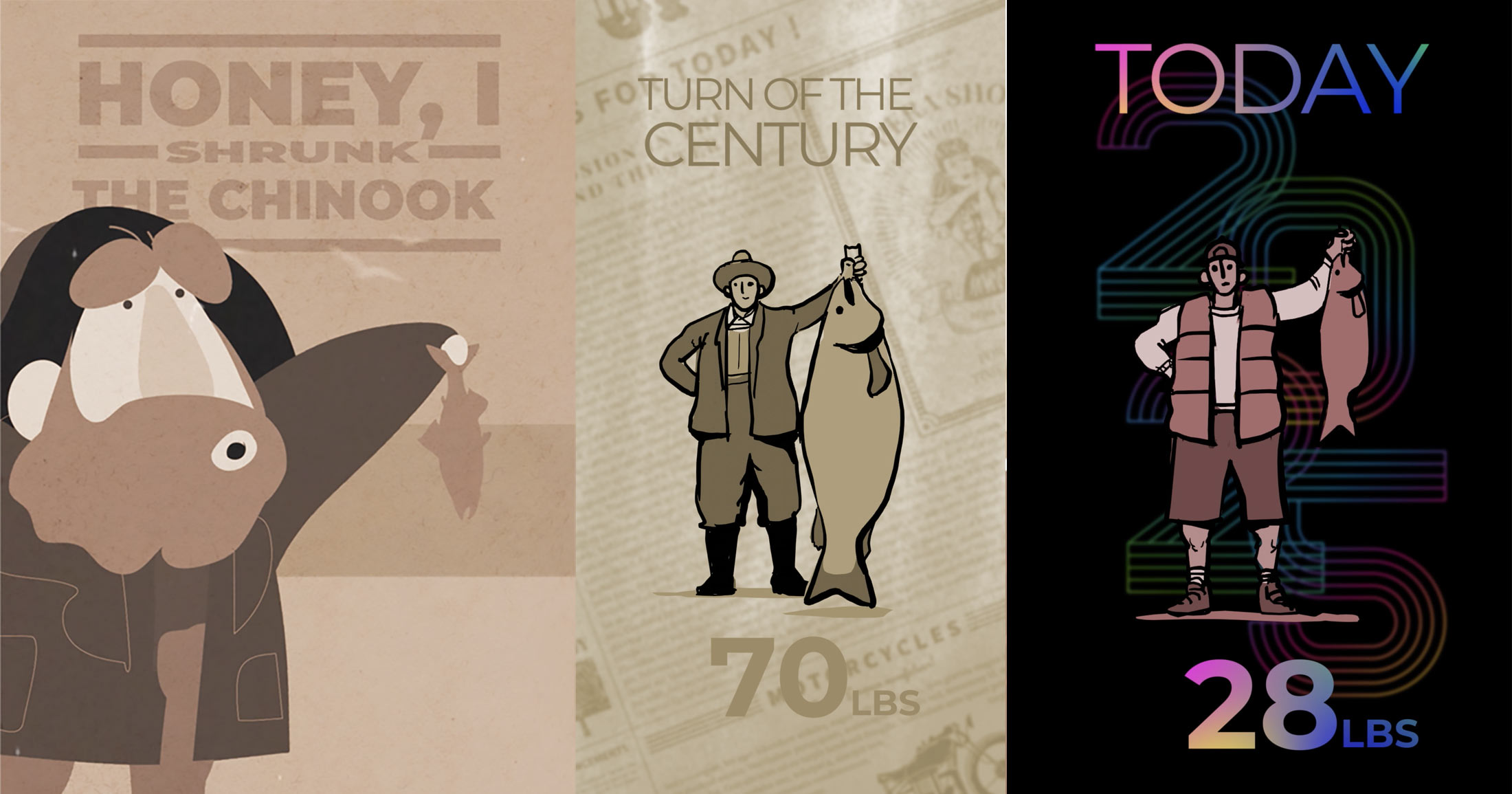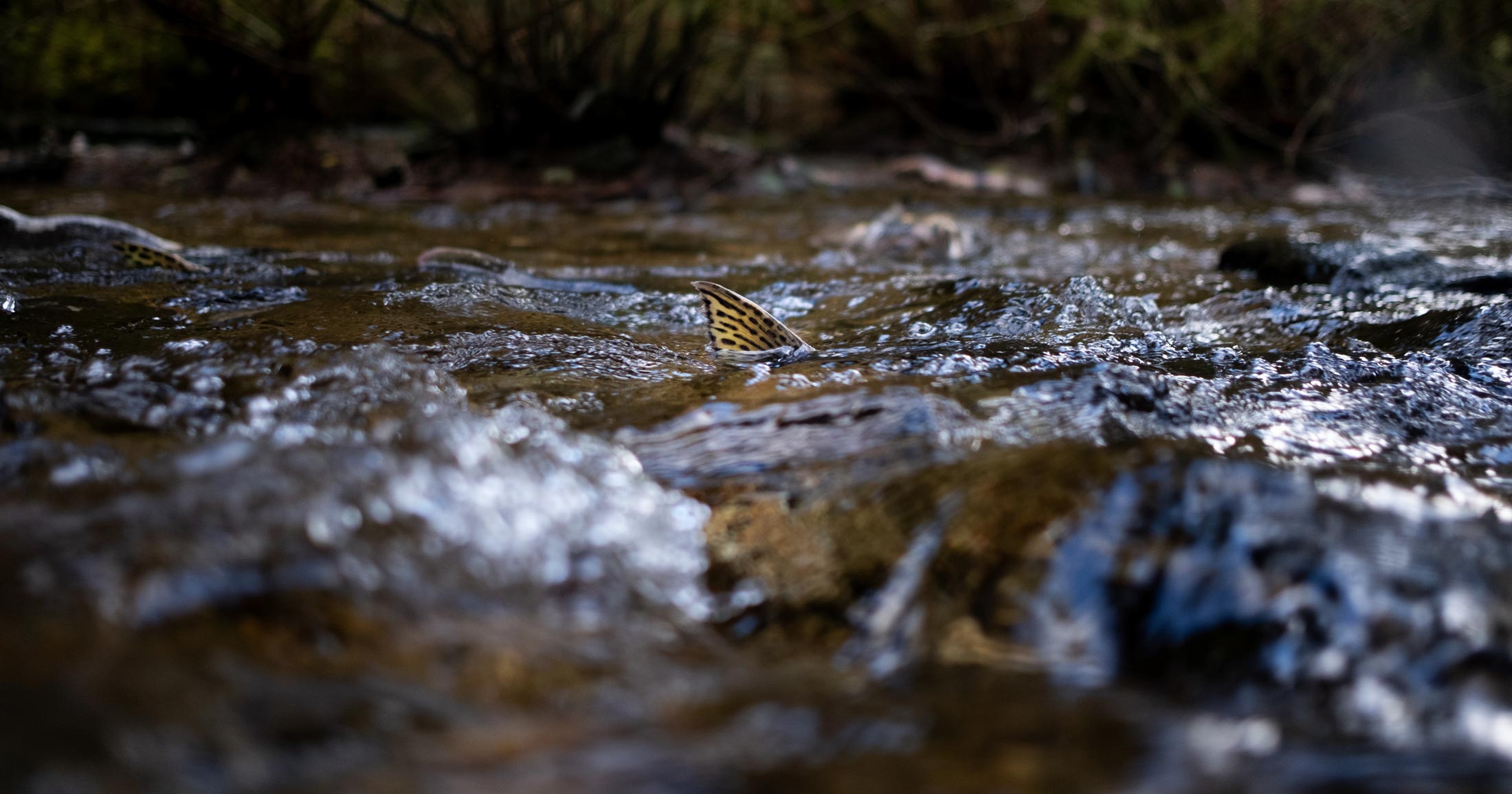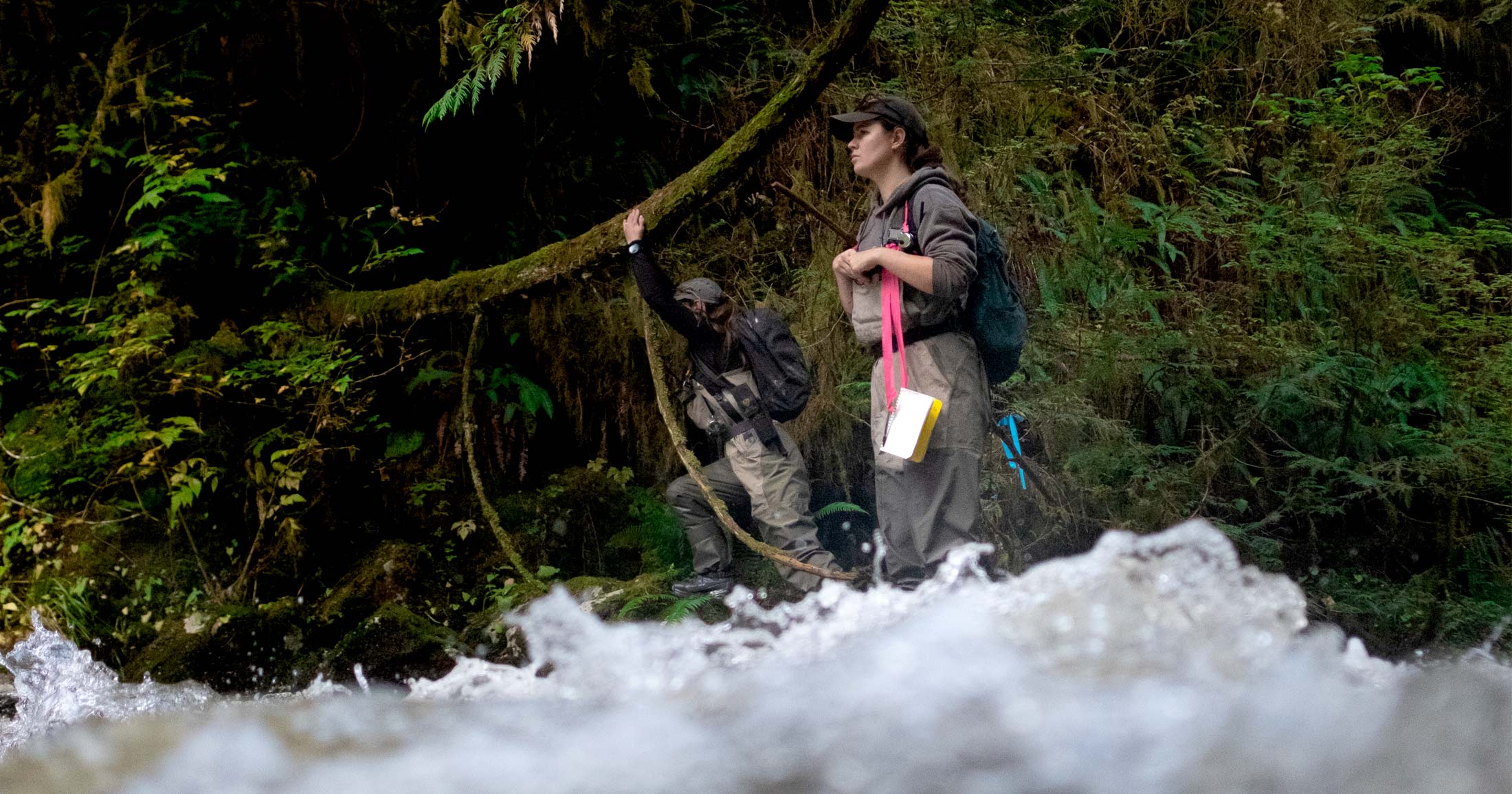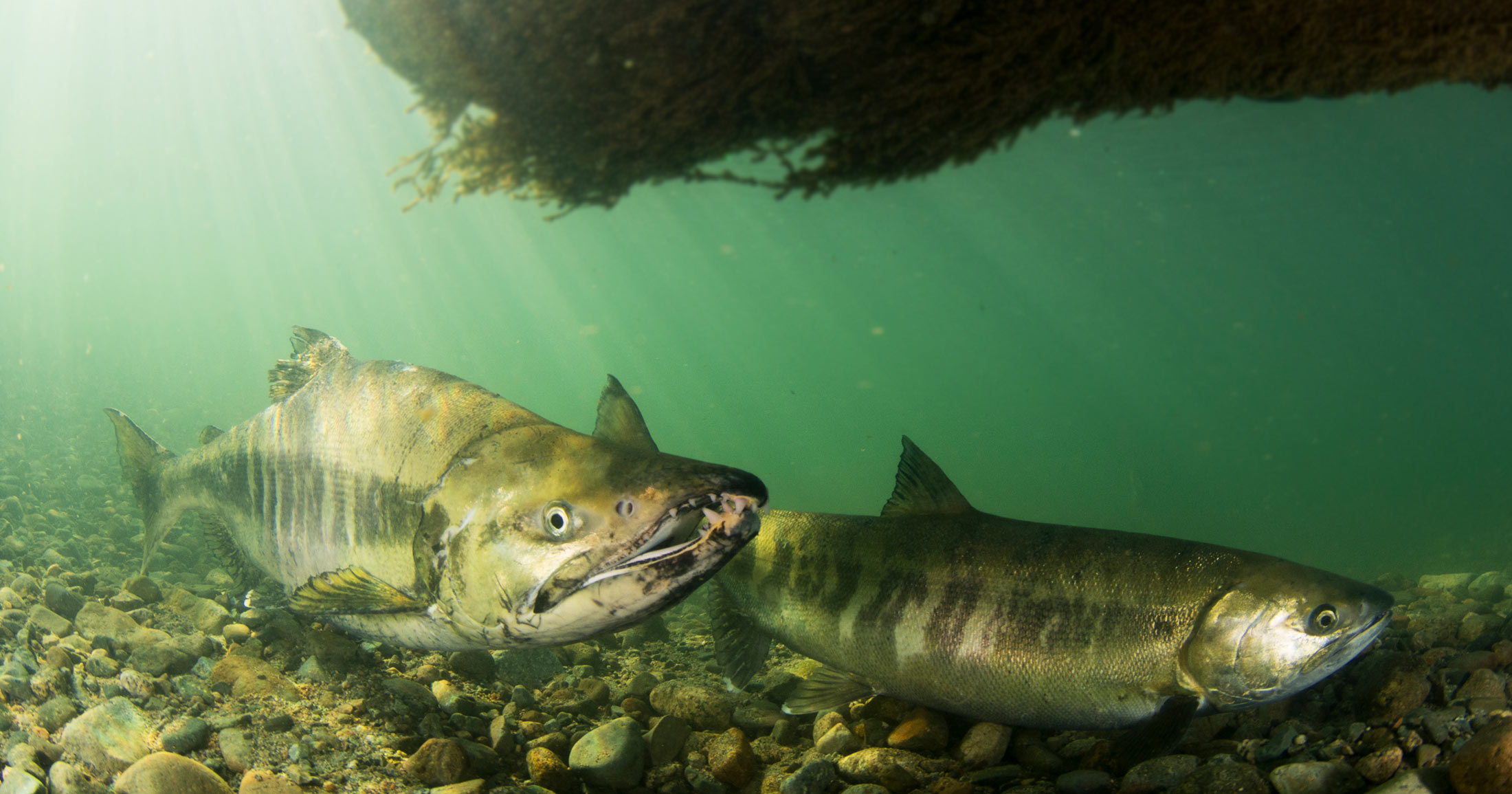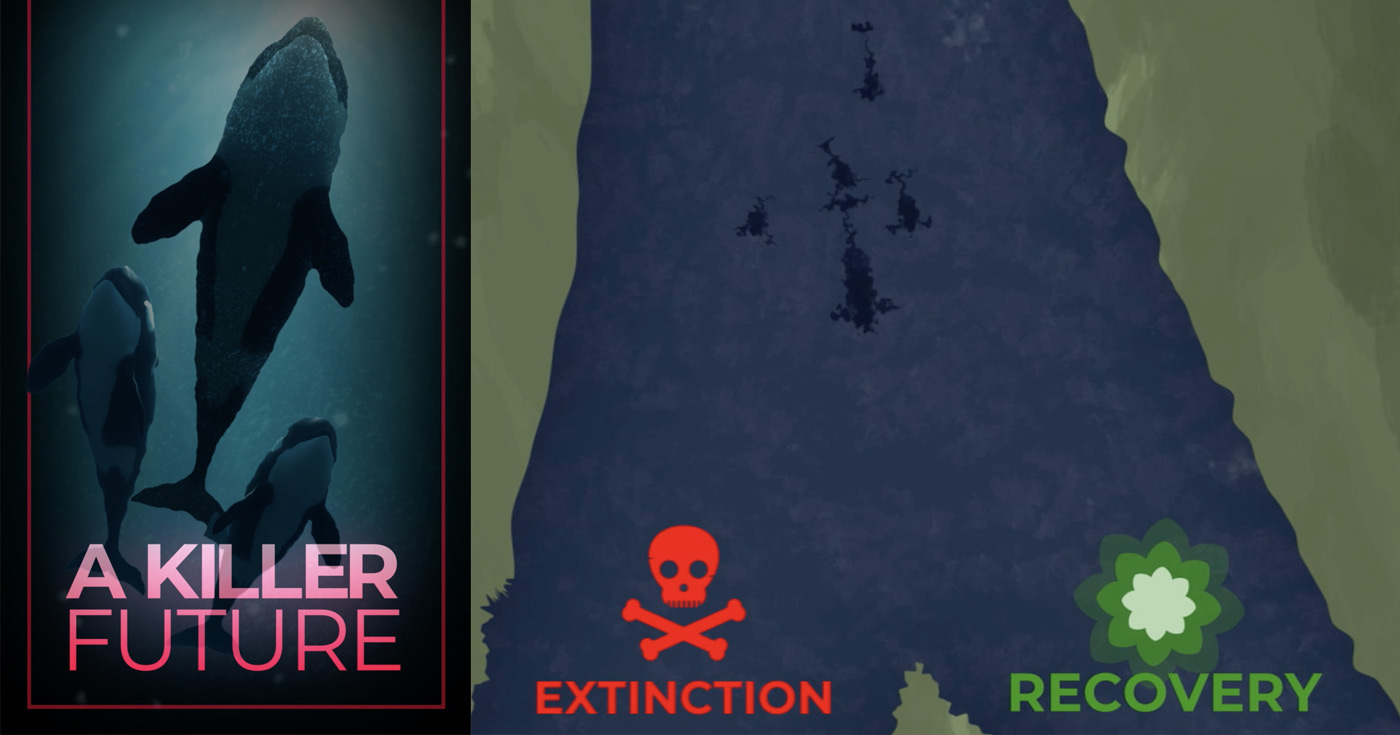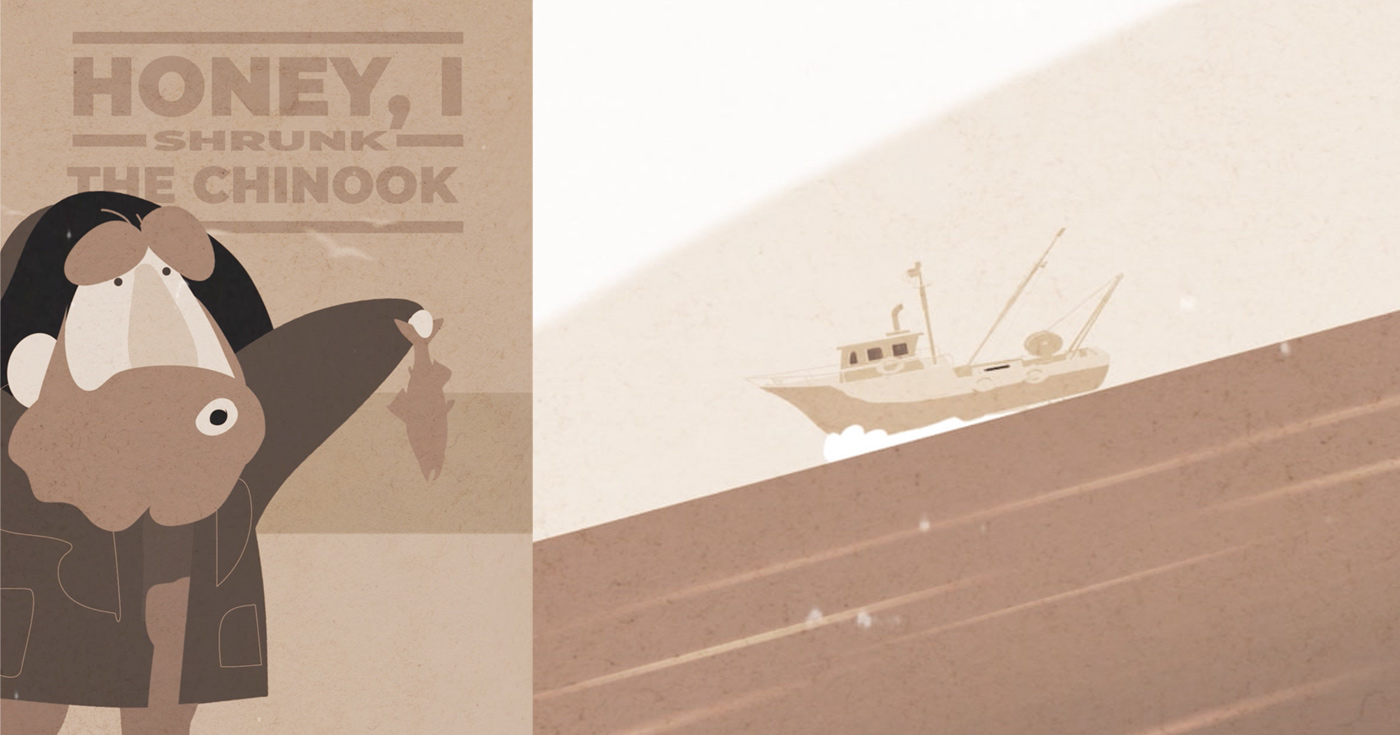A conversation with Clint Wright, VP and Executive Director of the Vancouver Aquarium
Just over two weeks remain until Raincoast hosts the annual Ocean Science Awards ceremony at this city landmark.
Dr. Peter Ross peered out the driver’s side window of Tracker, Raincoast’s sprinter van turned mobile water pollution lab. The leaves in Stanley Park fell to the ground on the road in front of him as he drove, their crisp colours painting the landscape in rich reds and toasty ochres. It was a perfect day to visit the Vancouver Aquarium to present the keynote speech at the 50th anniversary annual conference of Canada’s Accredited Zoos and Aquariums, a special event to bring together professionals passionate about science, education, and wildlife conservation.

It was also a perfect time to have a conservation with Clint Wright, VP and Executive Director of this iconic Vancouver landmark. In less than a month, Raincoast will be hosting the annual Raincoast Ocean Science Awards, and this is an especially exciting year – the awards are returning to their original birthplace at the Vancouver Aquarium.
Dr. Ross gave Wright a tour of Tracker and asked some important questions regarding the aquarium’s role in protecting marine life, as well as how organizations like Raincoast can work in tandem to advance common goals.
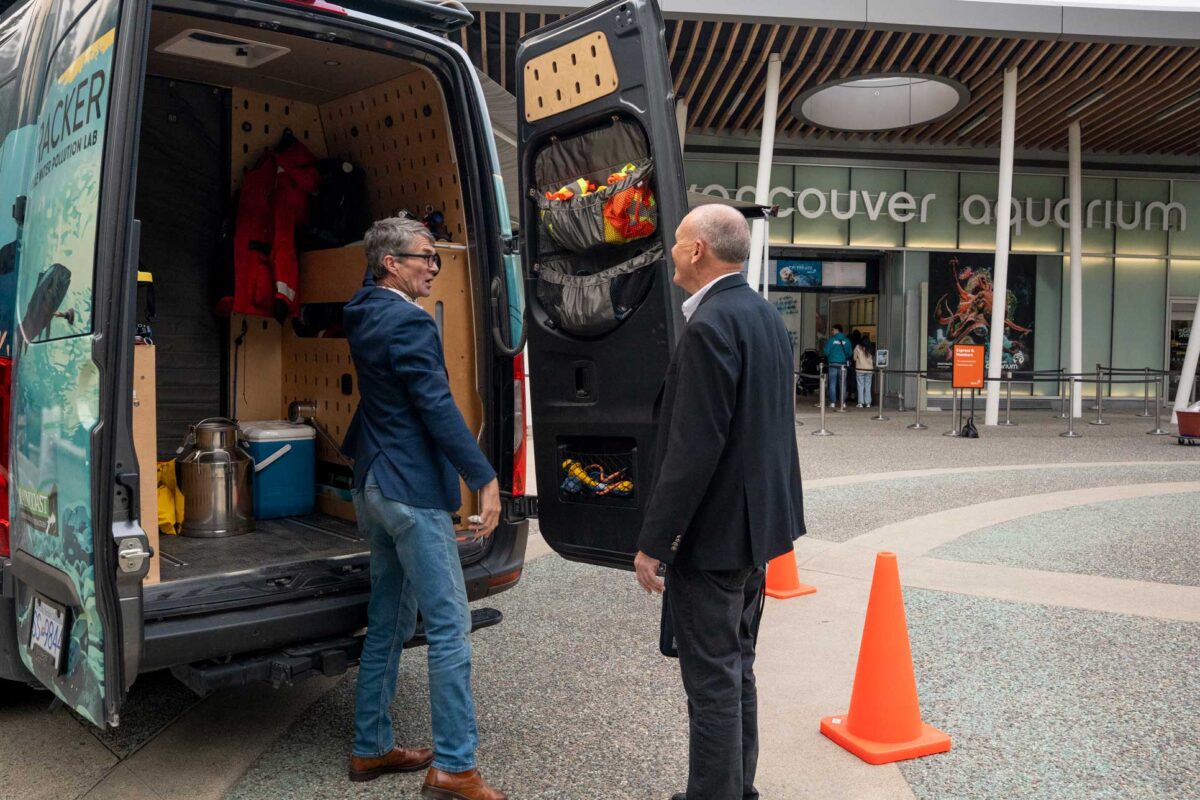
Ross: There’s a really interesting history behind the Vancouver Aquarium and its inception. Can you recap briefly, when did and how did it all start?
Wright: That’s a great question. Of course, I wasn’t around at that time, although I’ve been with the Vancouver Aquarium for a long time. It really was the fish enthusiast Carl Lietze, and his vision to launch an aquarium. There were very few aquariums back then, back in 1956. Basically, he managed to pull together a bunch of remarkable individuals with a common vision for having an aquarium in Vancouver, and really more with a science / university approach to it. They found Dr. Murray Newman, who’s the founding director, with a great vision.
And, so they went through three levels of government and basically said, okay, I’ve got funding for this one, this one, this one… and it all worked out. They got the funding they needed to get it going and get it started. A lot of work. They were open in June of 1956, with a very modest aquarium, it wasn’t that big, but so popular that giant lines formed, apparently, down this road, for people to come and see it.
The amazing thing was that it had a very nice collection of animals, and it was the first time the people of Vancouver saw this kind of aquatic life right at their doorstep.
Ross: So obviously education, public outreach, research, the academic connection. There was a real community that embraced the Vancouver Aquarium. And it wasn’t a business. They had to raise the funds to build it.
Wright: That’s right. A not-for-profit. Fully self-sustaining operations. One of the things they hadn’t planned on was the place being so popular. So very quickly, Dr. Newman pulled up all of his friends at that time, and their spouses, who were not necessarily working. So they enrolled all of the spouses as the very first volunteers. They created a culture and a community of volunteers here, upon which the Vancouver Aquarium has really continued to pride itself. Super passionate people, probably the most passionate people you will meet, and they really were the lifeblood. They kept everything going, especially in those early years. They had some talented individuals, and it was still early days of what we knew about keeping animals in care. And so there was a lot of experimentation. In terms of trying to find the right balance of water flows and all these kinds of things, they lent heavily on the expertise of some of those hobbyists.
Ross: How do you think the Vancouver Aquarium has stood out historically among its global peers – what does that look like and what that might mean to you?
Wright: I came from England. My knowledge of Vancouver was great in England. I knew about the aquarium – it was very famous, it found lots of firsts, renowned for its research and education. And when I came here, I was like… “Oh, is that it?” in terms of physical size because it really was much bigger in my head.
Dr. Murray Newman, he had a very magnetic personality. He was like everybody’s favourite grandfather, uncle or something. He could talk to anybody… he could talk very scientifically, he could chat with the regular person on the street, and he was so engaged and passionate about what the aquarium was here for, which was partly to describe the wonders of aquatic life under the sea, but also what we could do to explore further.
So at that time we hadn’t really explored the oceans, pollution was there, but it wasn’t really a factor of conservation like today. It was really, really about bringing the wonders of the aquatic world for everybody here in a way that hadn’t been done before. So that was unique.
And then pioneering spirit, you know, that the Vancouver Aquarium has always had. It was always based in science, but it was “Okay, what else can we learn?” How do we learn about these animals in a way that we’ve never been able to learn before.
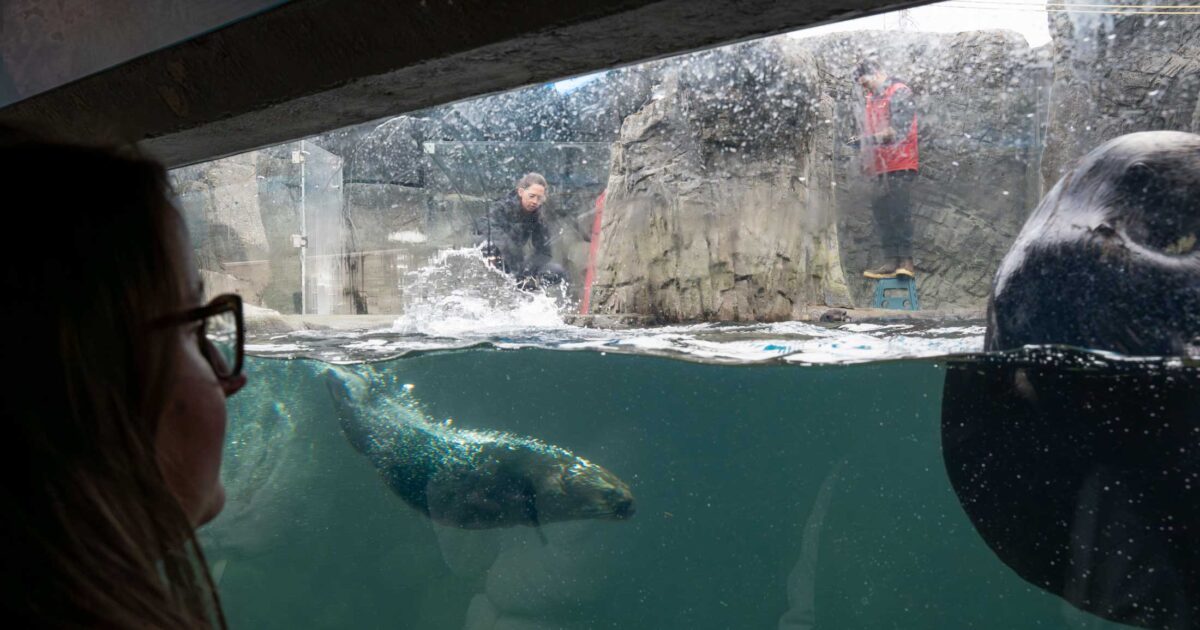
Ross: Where do you see the Vancouver Aquarium heading into in the future?
Wright: We’re now owned by a different company. So, you know, bringing families closer together, bringing memories worth repeating is a big part of the mission and part of what was always done. At least three generations of Vancouver have grown up here; this is their aquarium.
Really the mission is now – how do we tell stories – we’re storytellers. During Covid, we had a difficult time. We had to let off a lot of talented people, we thought we were going to close terminally at one point… scary time. A version came to us to continue, but on a slightly different path. Out of that Covid time, came a rebirth. So there came Ocean Wise, the newly-launched conservation group established during Dr. John Nightingale’s time as CEO of the Vancouver Aquarium proper.
Our focus going forward is really going to be about the visitors coming through, about a million visitors per year, how do we engage them in issues? Get them connected? Get them inspired? Seeing these amazing animals, how do you take that passion and the joy and the excitement in seeing them, and turn that into action they can take to protect these animals and their habitats.
We are now very clear and very focused on our partnerships, with organizations like Raincoast and its scientists, and saying “Okay, what did we learn?”. We can take that, and provide it in a digestible way to members of the public through storytelling.
That’s really what we’re about, connecting people to the oceans, to the rivers, to the aquatic world.
Ross: Do you think there are opportunities or synergies between the Raincoast Conservation Foundation and the Vancouver Aquarium on that path? What do they look like?
Wright: I think there’s absolutely a great chance and every reason to explore a relationship with Raincoast and other similar organizations that are doing science, particularly locally. It’s the local stories which make us unique because, you know, if we look at our exhibit “Treasures of the BC coast” … you’ll never go to another aquarium around the world and see another collection of animals that we have from BC, and the way they’re presented… you won’t find that anywhere. That’s special, and that’s ours. Stories of local waters and the issues that local species are facing, they need to be shared.
And that’s the work that you’re doing, your teams are doing, the scientists are doing, things we would never do and probably should never do, because you’re here. So how do we take that expertise and those amazing stories, some good, some bad, and deliver it with an angle towards how to improve, how we can do better. Because the public are hungry for it and they want to be a part of it.

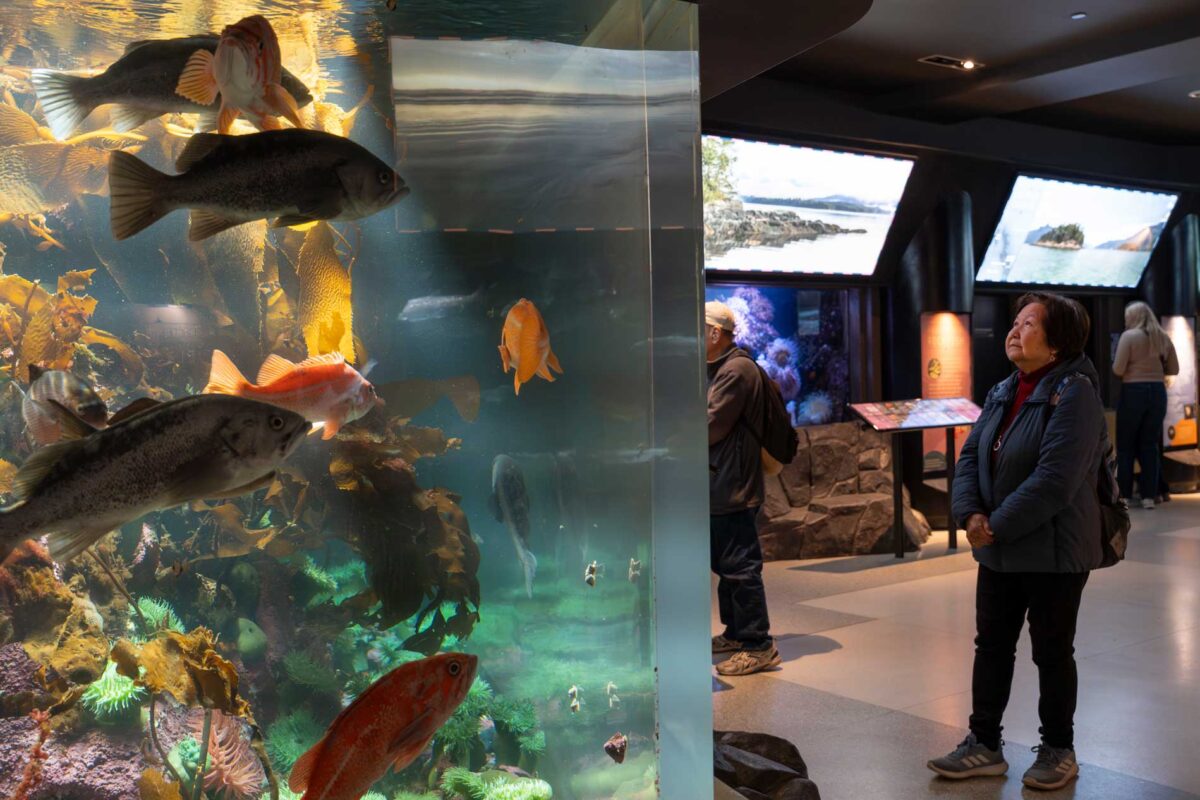
About the Awards
First established as the Murray A. Newman Awards at the Vancouver Aquarium in 1995, these accolades have celebrated outstanding achievements in ocean conservation in British Columbia for 30 years. Three years ago, Raincoast was honoured to take over hosting the awards, and is now thrilled to have the event return to the Vancouver Aquarium. Attendees will be surrounded by and completely immersed in what the evening is all about – marine life, and the research that strives to protect it.
The awards are taking place on November 20th, and you can purchase tickets here. We would love to celebrate with you.
